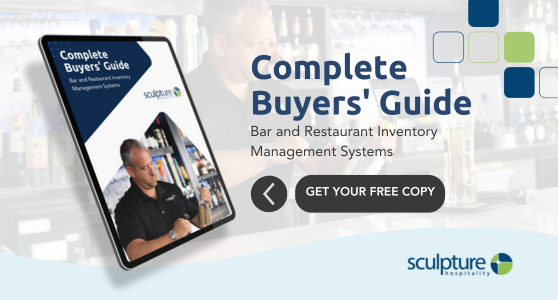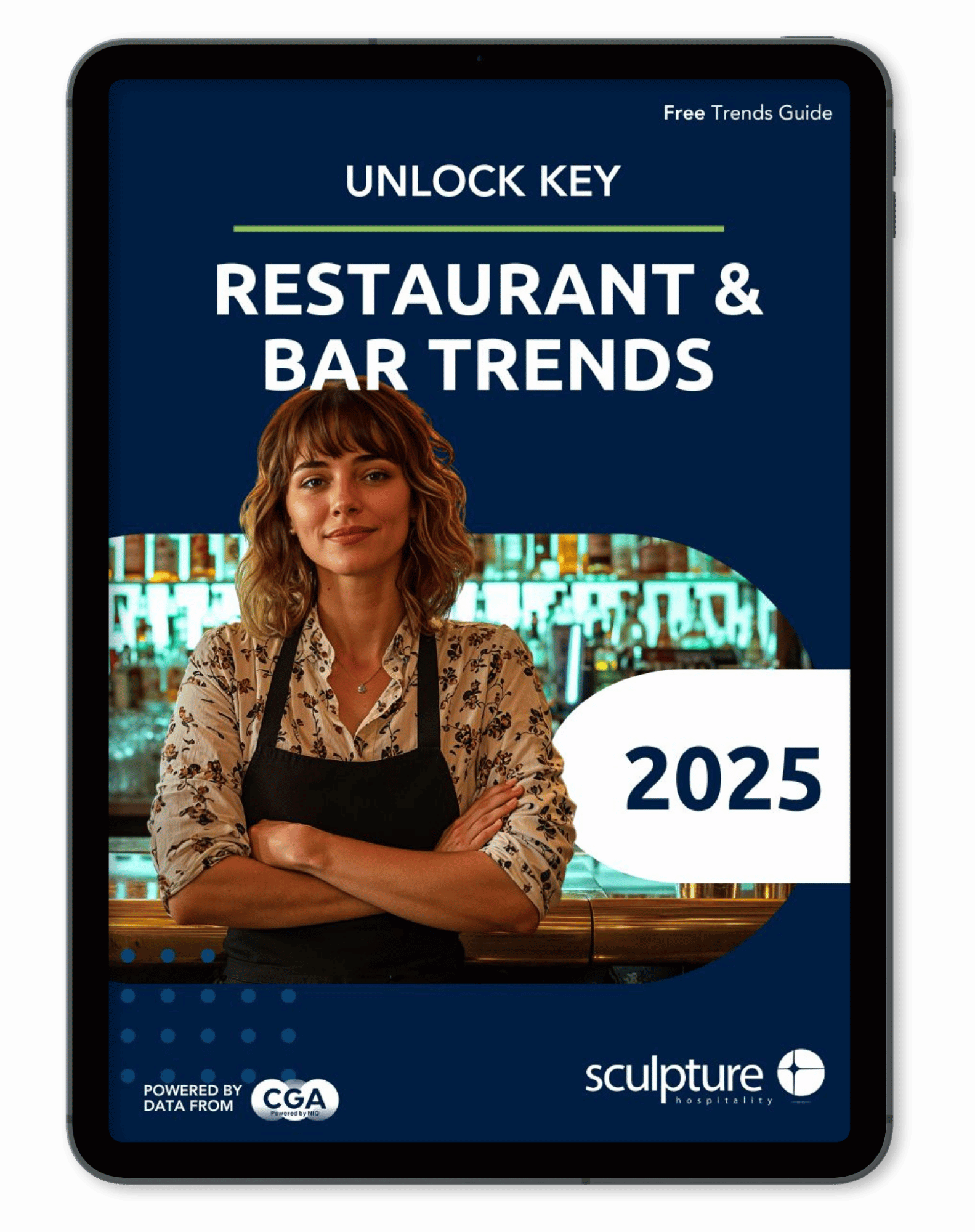When it comes to managing a successful restaurant, a large part of keeping your business profitable boils down to how well you manage your operational costs.
While all restaurants have a large number of costs, there are three key ones: food, labour, and beverages. Getting a firm handle on these expenses is crucial if you want to avoid feeling like your profits are slipping through your fingers.
Each of these costs represents a significant portion of your operating budget, and all three are intricately connected. If one of them falls out of balance, your profits could be in trouble faster than you can say “order up!”
In this article, we’ll break down what food, labour, and beverage costs are, why they matter, and how you can keep them in check.
What is Food Cost?
Food cost refers to the total amount of money your restaurant spends on the ingredients required to create your menu items. It includes everything from meats and vegetables to spices, sauces, and garnishes. Food cost can vary widely depending on your restaurant’s menu, supplier prices, and how efficiently you manage your inventory, but the average food cost for a restaurant is typically between 28% and 35%.
One important thing to note is that food cost isn’t just about what you’re buying; it’s also about what you’re wasting. Poor portion control, food spoilage, or over-ordering can all inflate your food cost and take a bite out of your bottom line.
Why it’s Important:
- Direct Impact on Profit Margins: High food costs reduce your gross profit. Every penny you save on food can increase your profits, so keeping this number in check is vital.
- Customer Satisfaction: Balancing cost with quality ensures that your customers get great value, which encourages repeat business.
- Inventory Management: Properly managing food inventory can prevent waste and spoilage, helping to keep food costs lower.
What is Labour Cost?
Labour cost includes wages, salaries, and benefits paid to your employees, including kitchen staff, waitstaff, bartenders, and managers. It’s one of the largest expenses in a restaurant, second only to food costs in most cases. Labour cost also encompasses things like overtime pay and payroll taxes, so it’s essential to consider the entire compensation package of your employees.
Managing labour costs is about striking the right balance between having enough staff to run your restaurant efficiently while avoiding overspending on wages. Too few employees, and you risk burning out your staff and disappointing your customers with slow service. Too many, and your profits start to suffer.
Why it’s Important:
- Operational Efficiency: Understaffing can hurt your customer experience, while overstaffing unnecessarily drains your resources.
- Employee Morale: Fair wages and appropriate staffing levels keep your team motivated, reducing turnover (not an easy feat in the hospitality industry).
- Compliance and Regulations: Keeping labour costs in check while also adhering to wage laws is essential to avoid penalties.
What is Beverage Cost?
Beverage cost is the total expense related to purchasing alcoholic and non-alcoholic drinks for your restaurant. This includes everything from soft drinks and coffee to beer, wine, and spirits. For bars and restaurants that serve alcohol, beverage cost is a major contributor to the bottom line - and mismanaging it can be as dangerous as overcooking a steak.
Like food costs, beverage costs fluctuate depending on supplier prices, customer preferences, and seasonal trends. Beverage inventory must also be managed carefully to avoid waste, spoilage (yes, alcohol can go bad!), and theft.
Why it’s Important:
- High-Profit Margins: Alcoholic beverages, in particular, tend to have higher profit margins than food, making this a key area for driving profitability.
- Customer Experience: Offering a well-curated and reasonably priced beverage menu can enhance the dining experience, bringing customers back for more.
- Inventory Control: Effective control over beverage inventory helps prevent theft and overpouring, which can erode your profits.
Why You Must Manage All Three of These Costs for a Successful Restaurant
When it comes to your restaurant, the three above expenses are the foundation of your operating budget. Neglecting even one of them can cause serious financial problems. Keeping a close eye on them is critical to your company’s:
- Profitability: Your restaurant’s profitability is directly linked to how well you control food, labour, and beverage costs. When one of these costs gets out of control, it eats into your profits.
- Operational Balance: Managing these costs isn’t just about saving money. It’s about ensuring that your restaurant runs smoothly. If you cut labour costs too much, your service suffers. If you skimp on food, your dishes might lose their appeal. And if you let beverage costs get out of control, you’ll miss out on valuable profit margins.
- Customer Satisfaction: Balancing food, labour, and beverage costs ensures that you’re offering great value to your customers without compromising on quality or service.
So, how can you manage them effectively? The good news, managing food, labour and beverage costs doesn’t have to be overwhelming, especially with the help of modern technology.
Restaurant management software - like your accounting system, inventory management software, and POS - can streamline your operations and give you complete visibility into where your money is going.
By leveraging technology, you can take a proactive approach to cost control, using data-driven insights to make smarter decisions and improve efficiency. The end result? Better control over your biggest expenses and more room for profitability in your restaurant.
Not sure where to start? Contact the team of Sculpture Hospitality inventory management experts today. We’d love to help.











